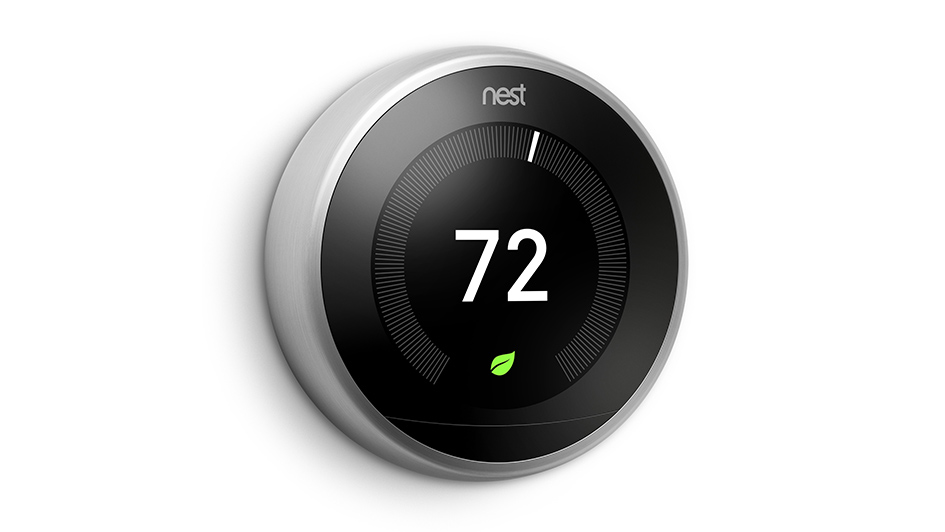
The Nest thermostat is one of the top-selling smart thermostats you can buy. And for good reason. It figures out your temperature preferences and develops an energy-efficient schedule to match. And by geofencing with your phone, the Nest Learning Thermostat and Nest E know when you’re at your house or away and can adjust temps to help you save even more.
The Nest can be used with a wide range of 24-volt heating and cooling systems, but it’s always a smart idea to check the Nest thermostat compatibility checker before getting one. Don’t forget to check with your energy provider for valuable rebates, since you might be able to get a Nest for free or close to it.
Once you’ve confirmed it’s compatible, you can either wire it yourself or call a HVAC professional like Taylor's Heating & Air Conditioning. If you’re wiring it yourself, you’ll notice a terminal for the C-wire, or common wire. This wire is solely used for powering your thermostat. If your house or HVAC system is older, you might not have one of these wires. In most cases, Nest says this isn’t an issue because the thermostat can draw ample power from other heating and cooling wires.
In some instances, your heating and cooling system might have to have that C-wire. And here’s why.
Why Your Nest Keeps Losing Power and Other Malfunctions
The Google Nest Thermostat is a step up from older programmable thermostats that have a combination of wiring and AA batteries for power. It uses a rechargeable lithium-ion battery and wiring to connect to Wi-Fi, power its digital display and run your heating and cooling system.
8 Common Nest Thermostat Issues
If it can’t draw adequate electricity, Nest says you might run into some of these troubles:
- Poor battery life.
- Thermostat motion sensing is disabled.
- Your thermostat every now and then disconnects from Wi-Fi.
- Your system suddenly turns on or off, or won’t turn off.
- Your system is creating weird noises, including chattering, stuttering, clicking or thumping.
- Heating or cooling is short cycling, or frequently turning on and off in a short period of time.
- There is a delay notice on your Nest thermostat’s screen, along the lines of “heating is delayed for 2:30 minutes.”
- The system fan is constantly working, won’t run or turns off and on rapidly in a short period of time.
You might believe something is suspect with your heating and cooling system, but if you just started using the Nest, we advise you begin with your thermostat initially. This is especially pertinent if the weather is temperate, and you haven’t been using your heat or air conditioning much.
Our Professionals Can Fix Nest Thermostat Troubles
If you’ve attempted Nest thermostat troubleshooting without help but can’t repair the problem, a smart thermostat professional including one from Taylor's Heating & Air Conditioning can assist you. We can identify the issue and put in a C-wire, if required.
Smart thermostats like the Nest are designed to make your life simpler, by automatic energy-efficient programming and the option to check temps while you’re out. It’s a time-consuming experience when yours won’t operate properly, but our heating and cooling pros at Taylor's Heating & Air Conditioning can fix the trouble in no time.
If you’re running into odd heating and cooling behavior with your new Nest, give us a call at 519-296-4437 to book your appointment now.
